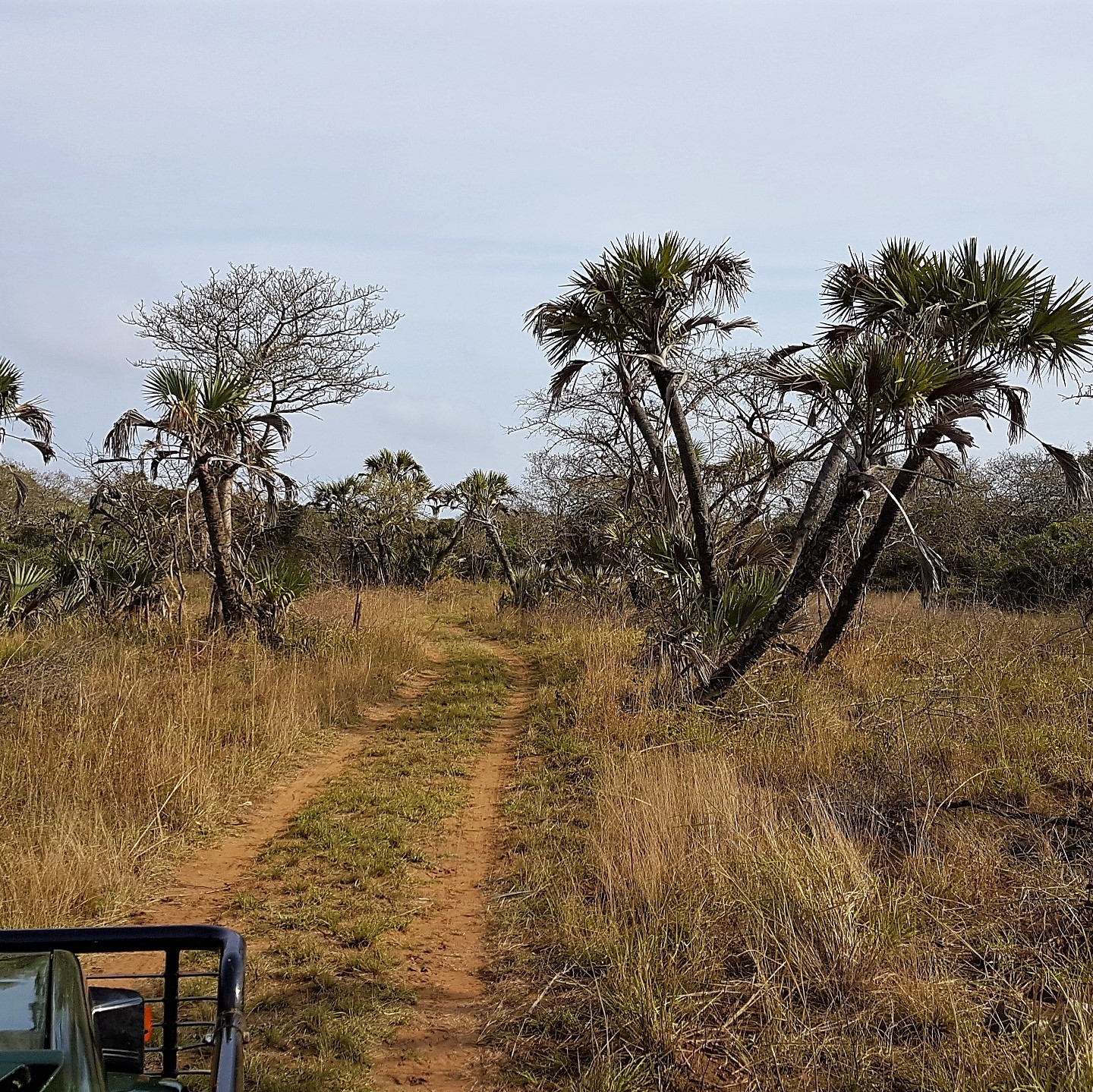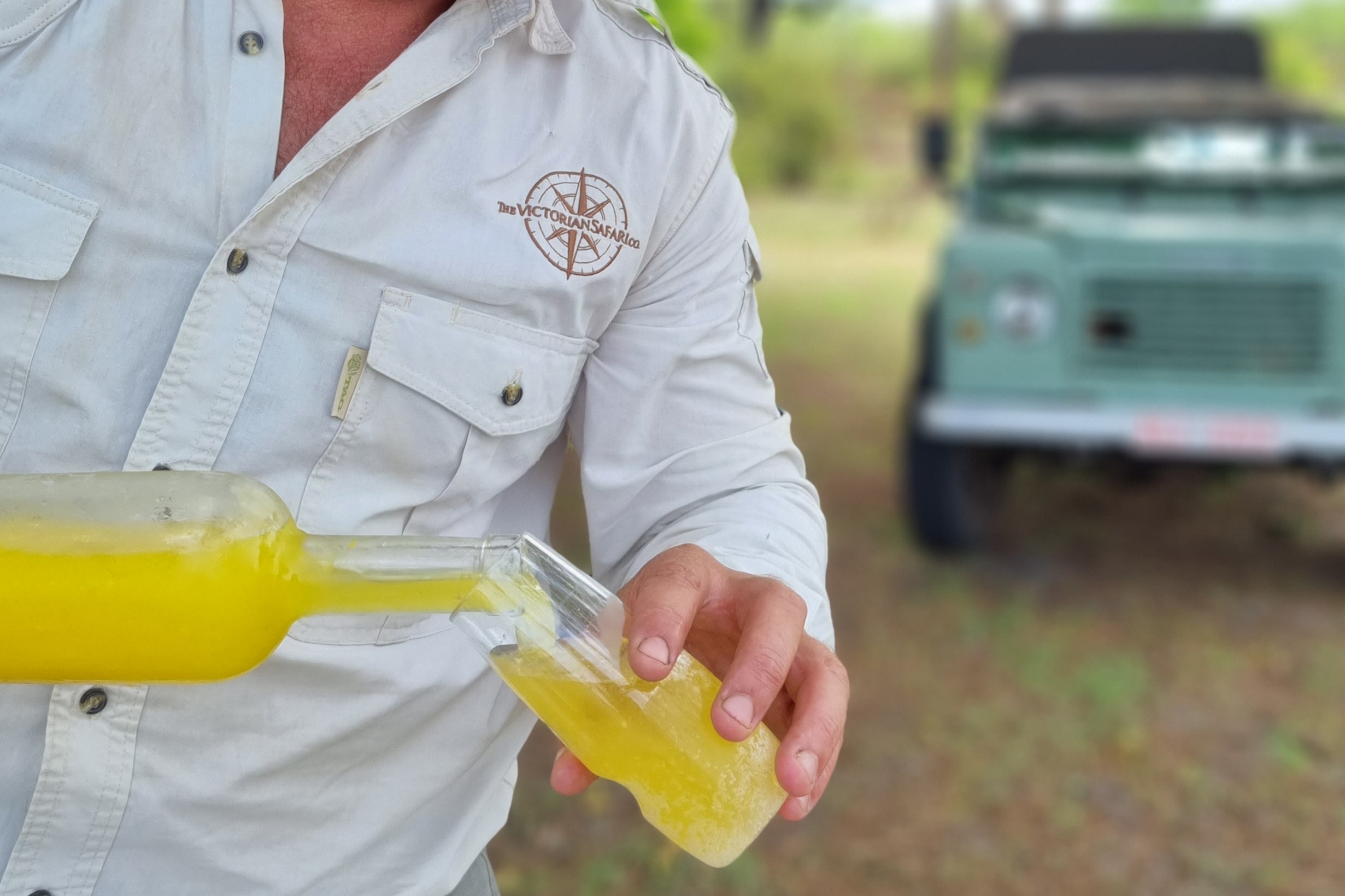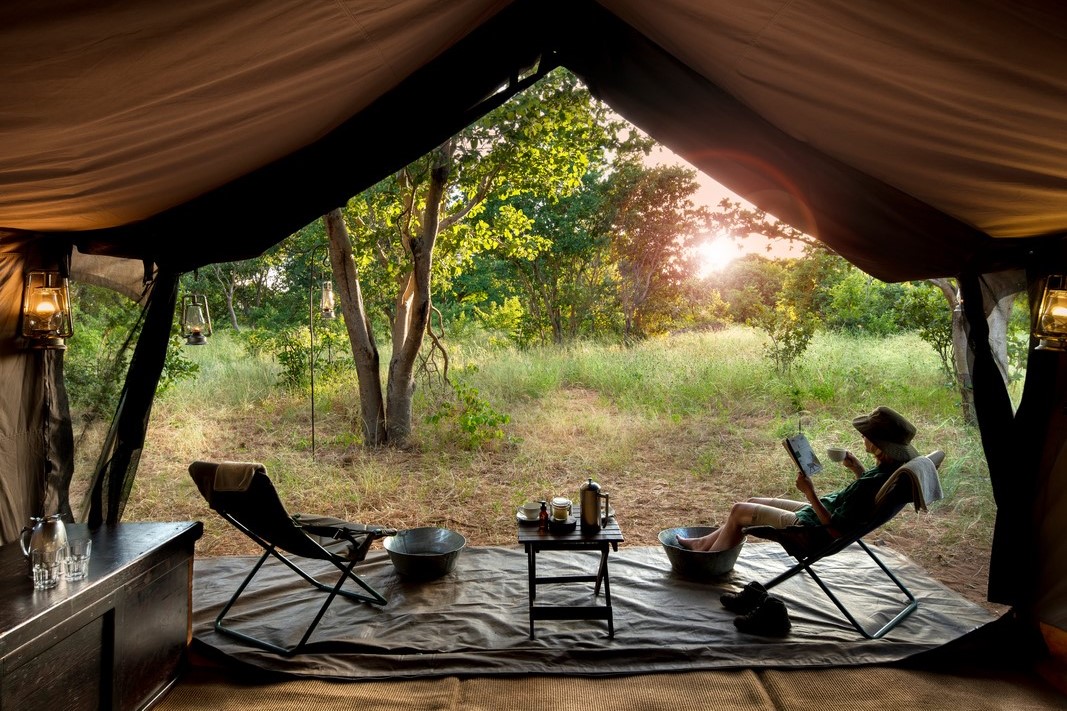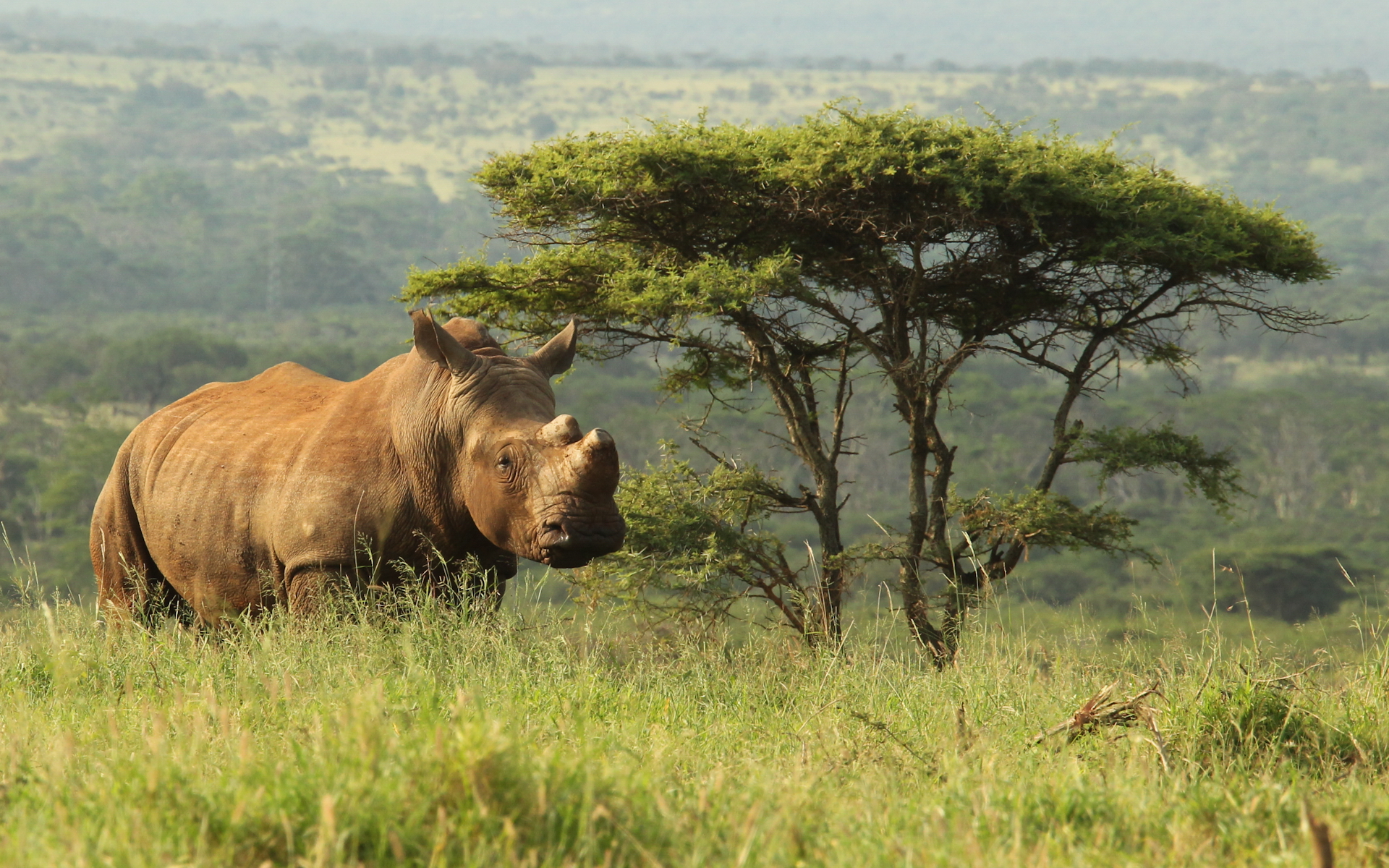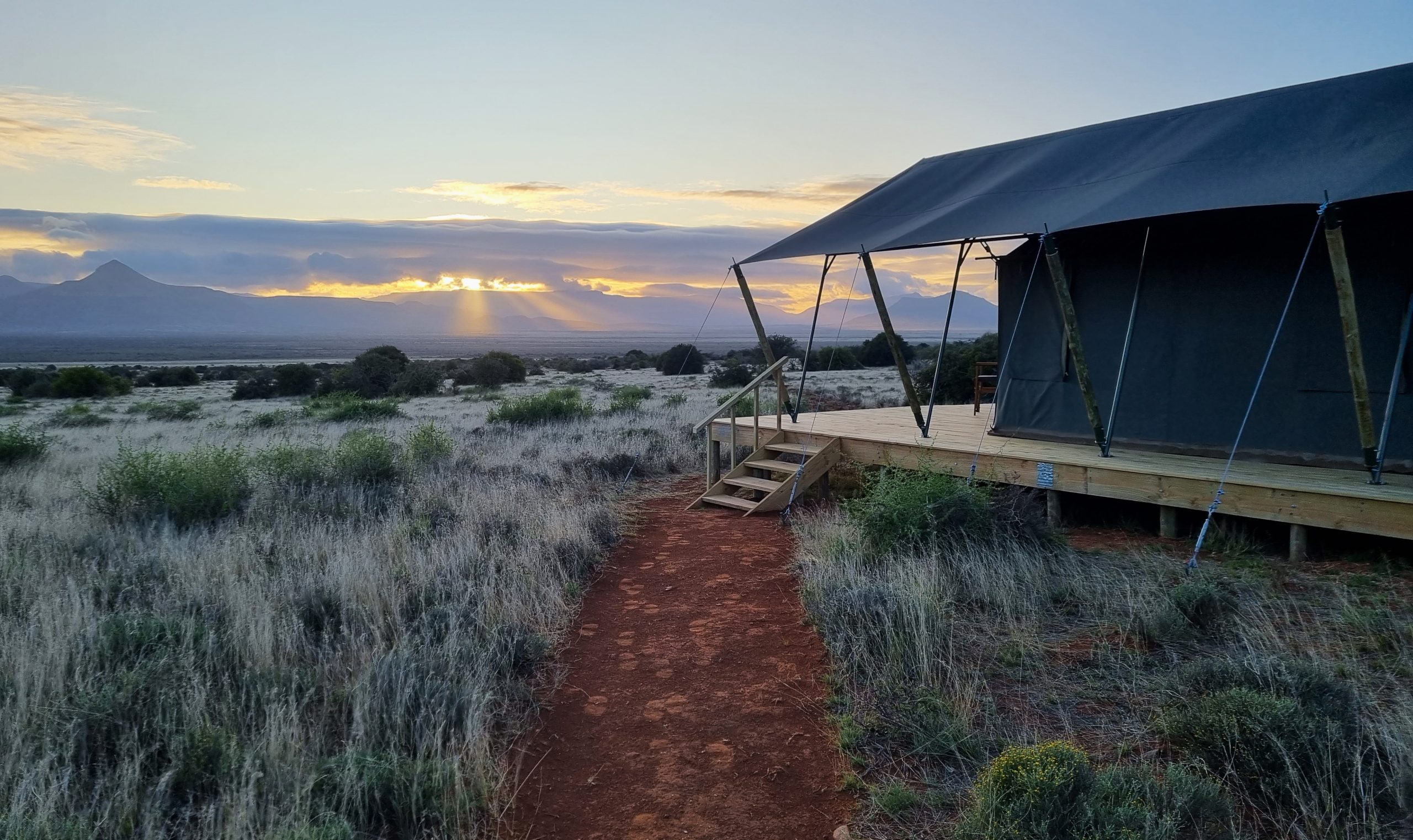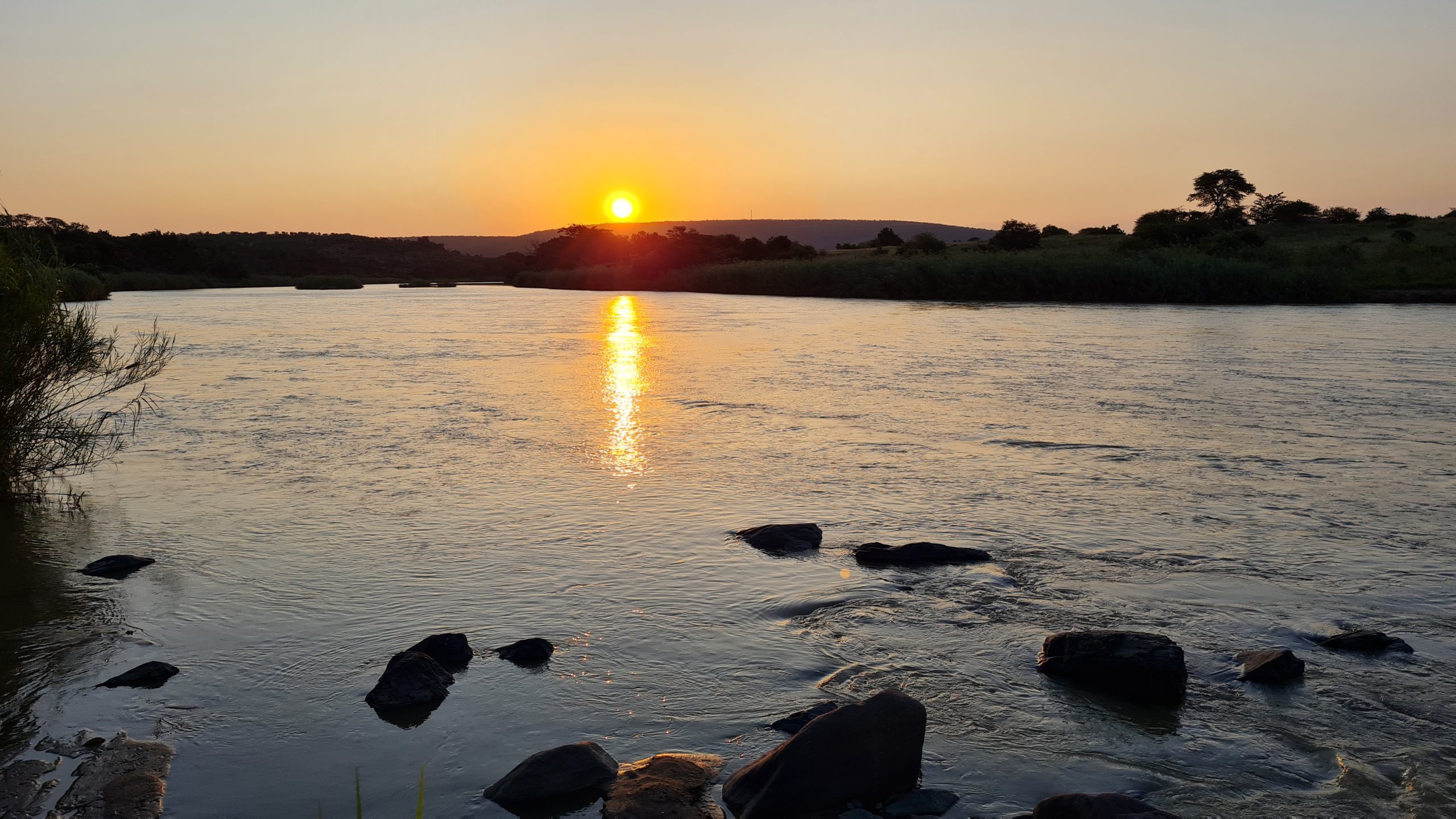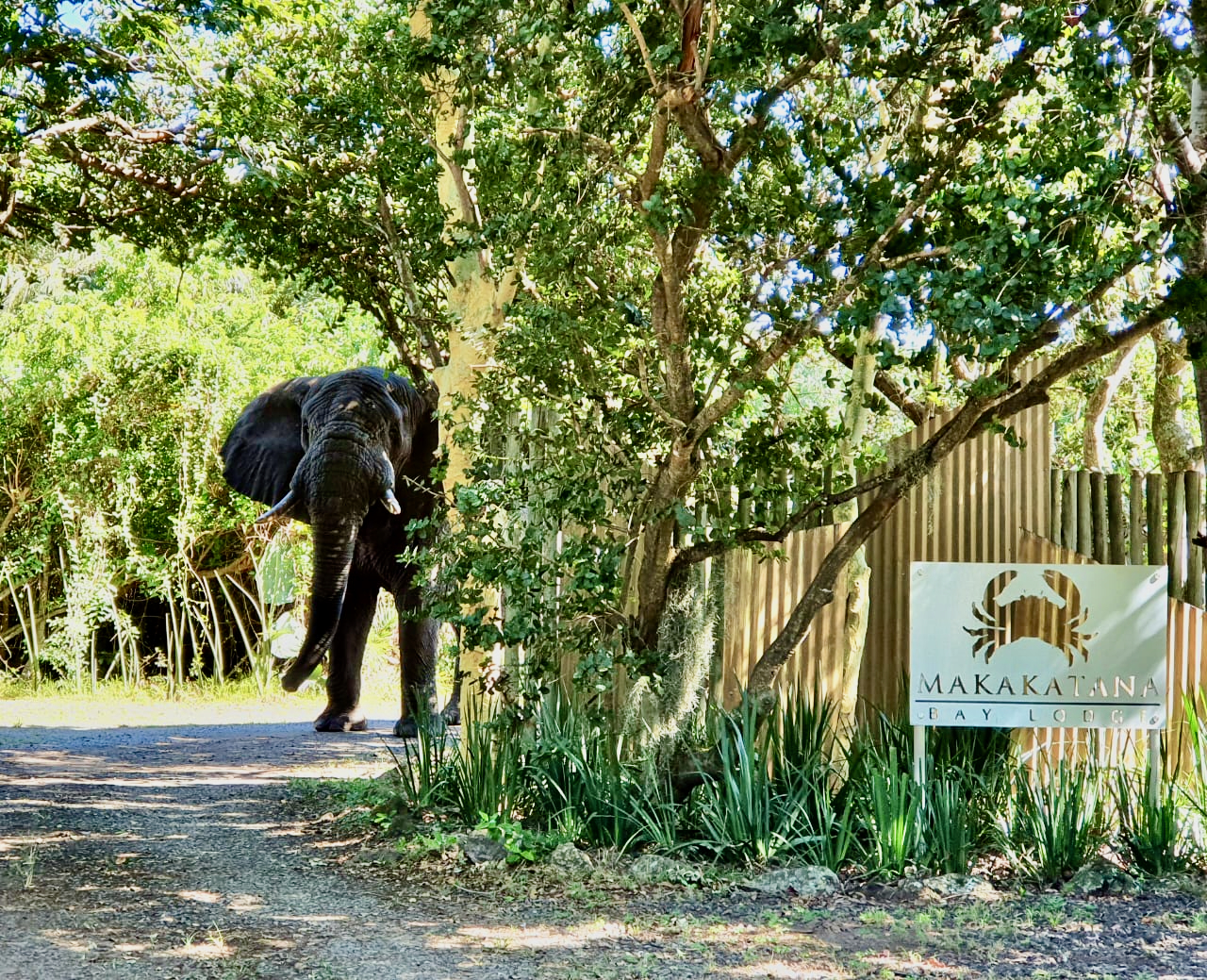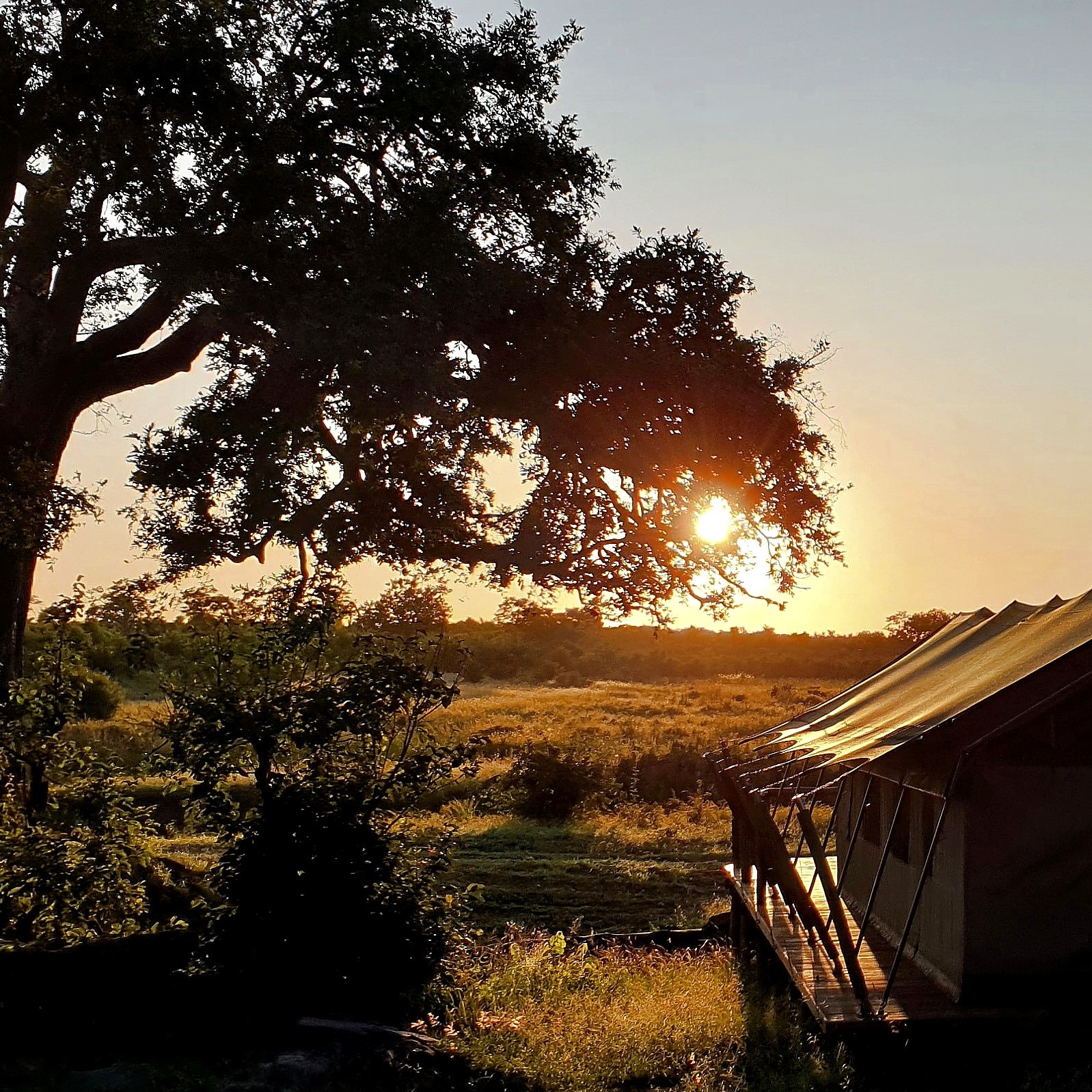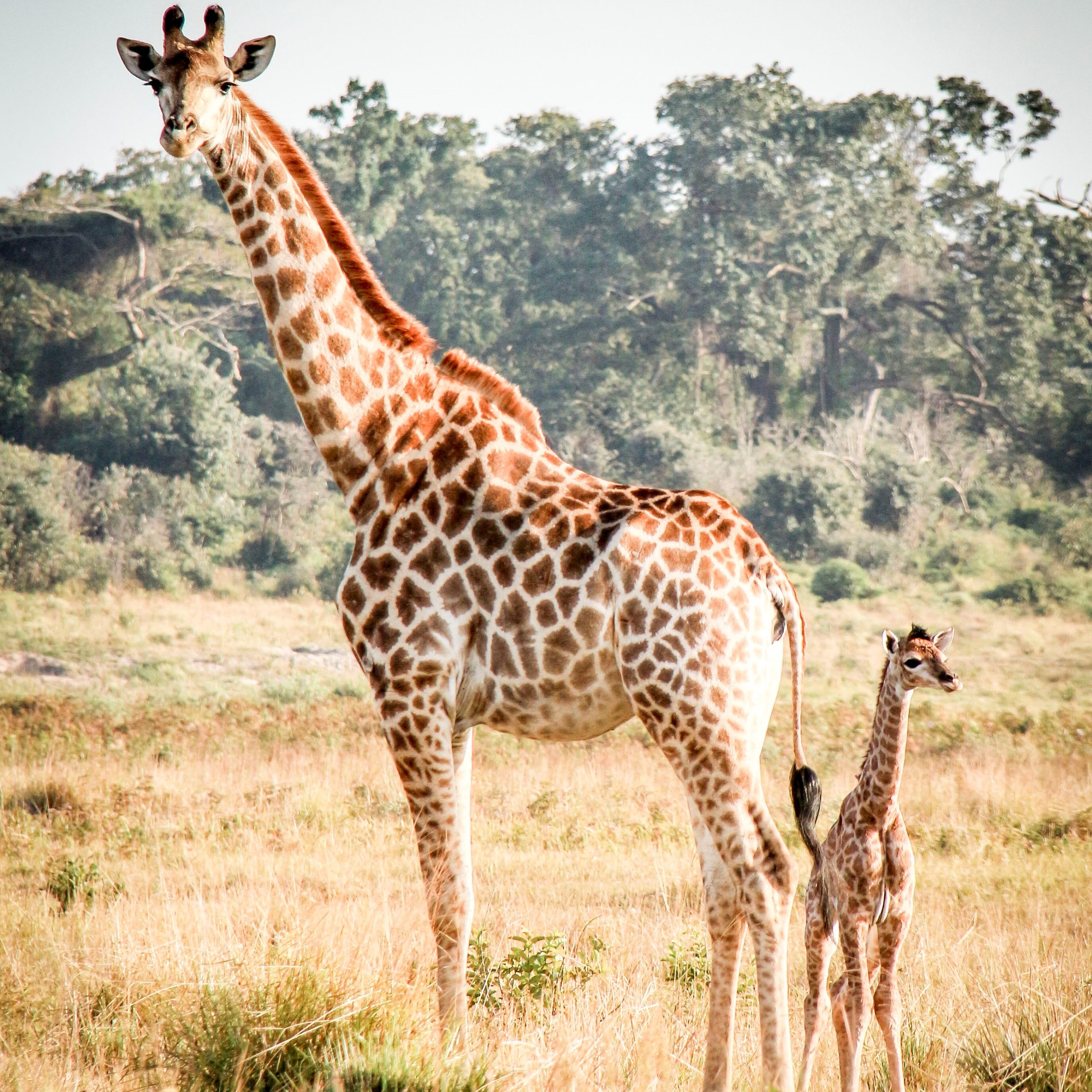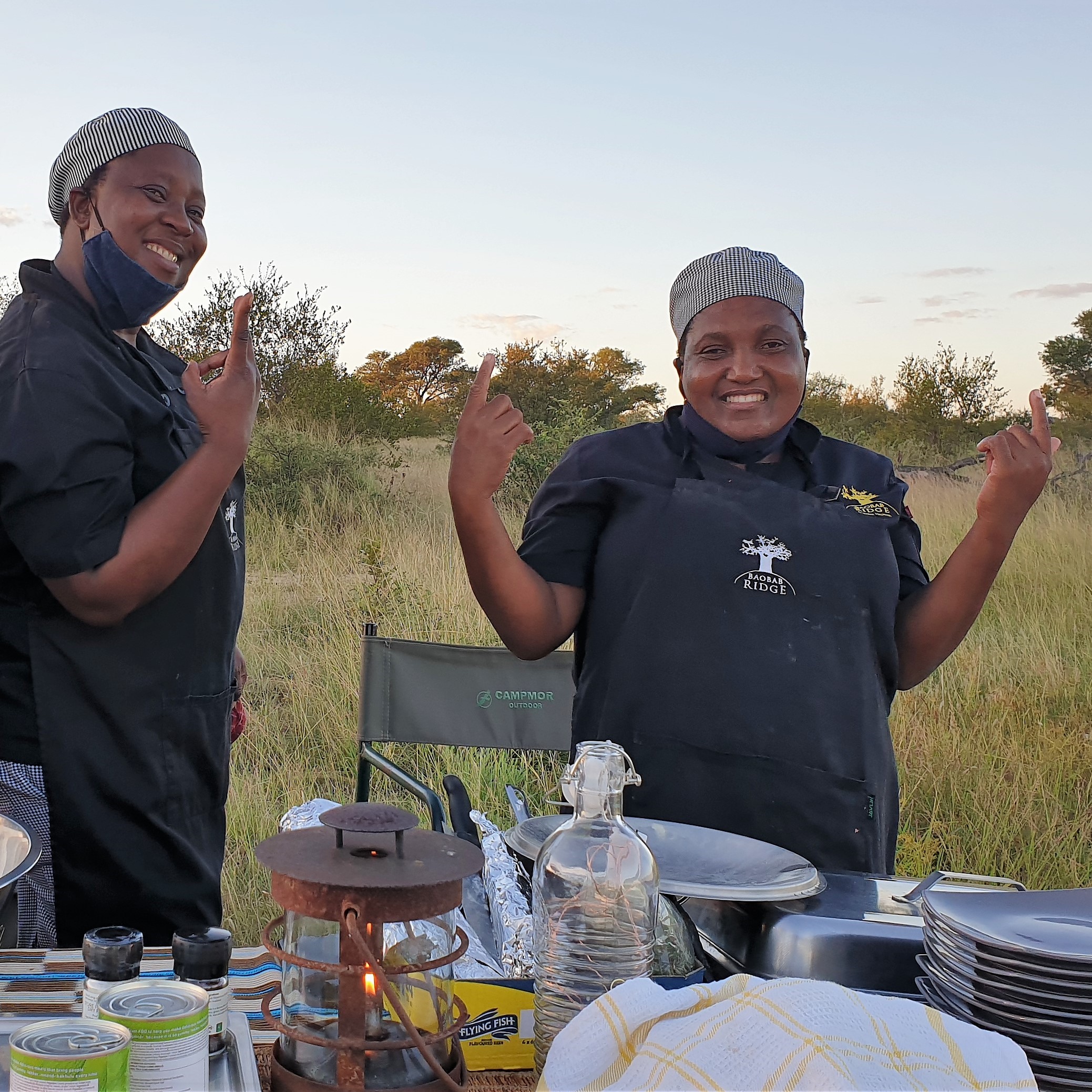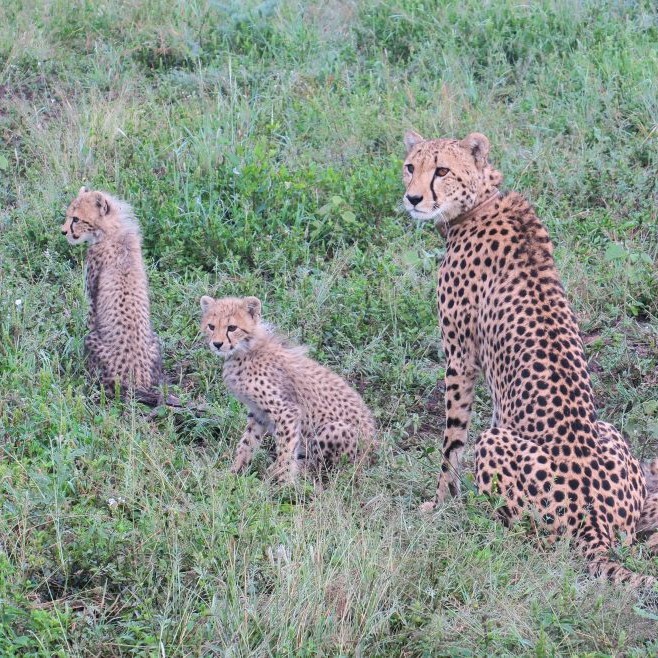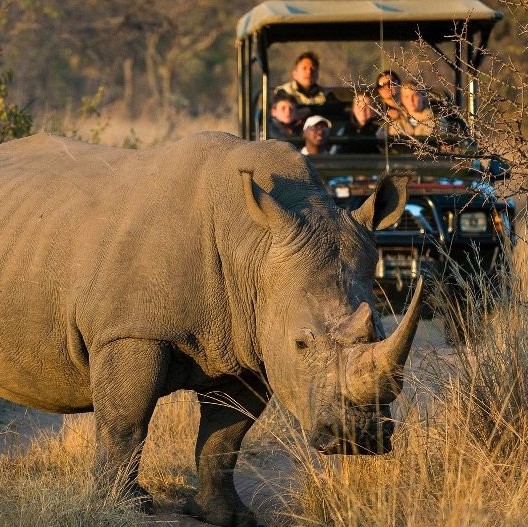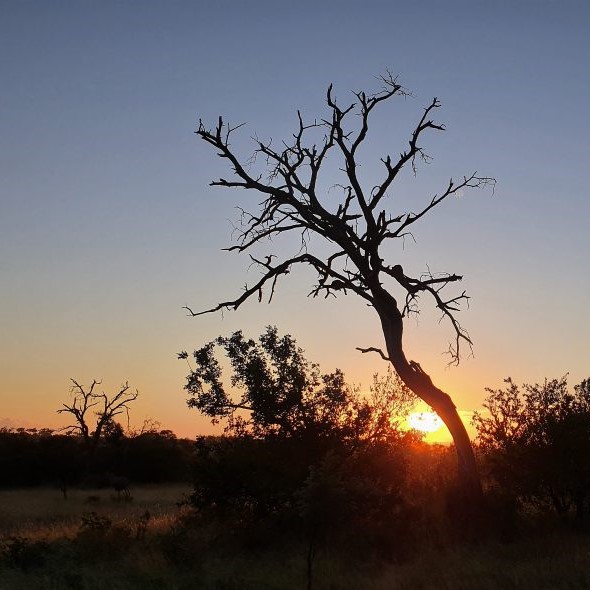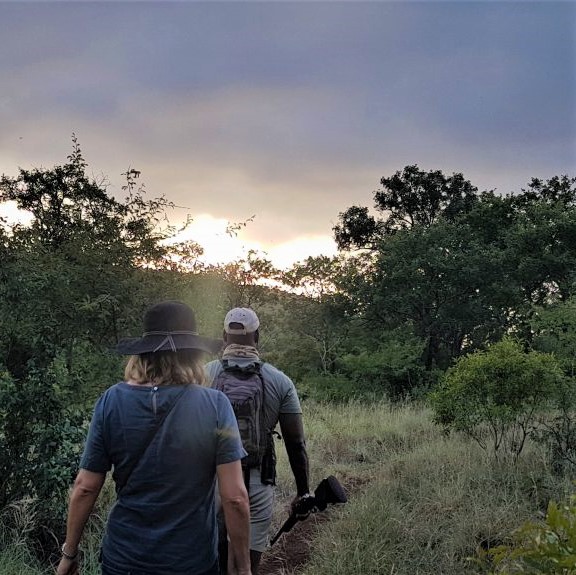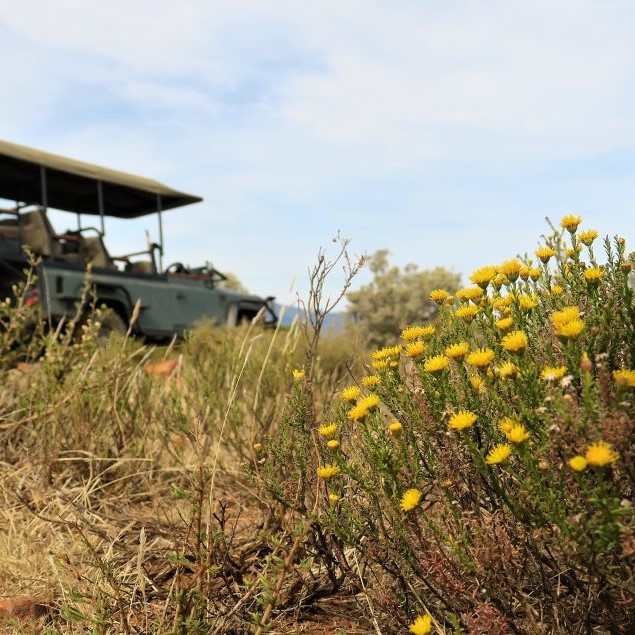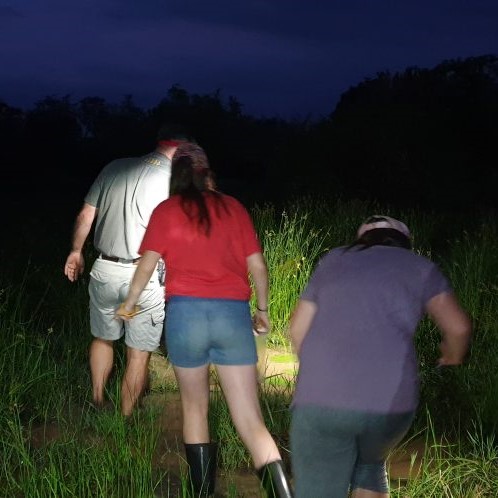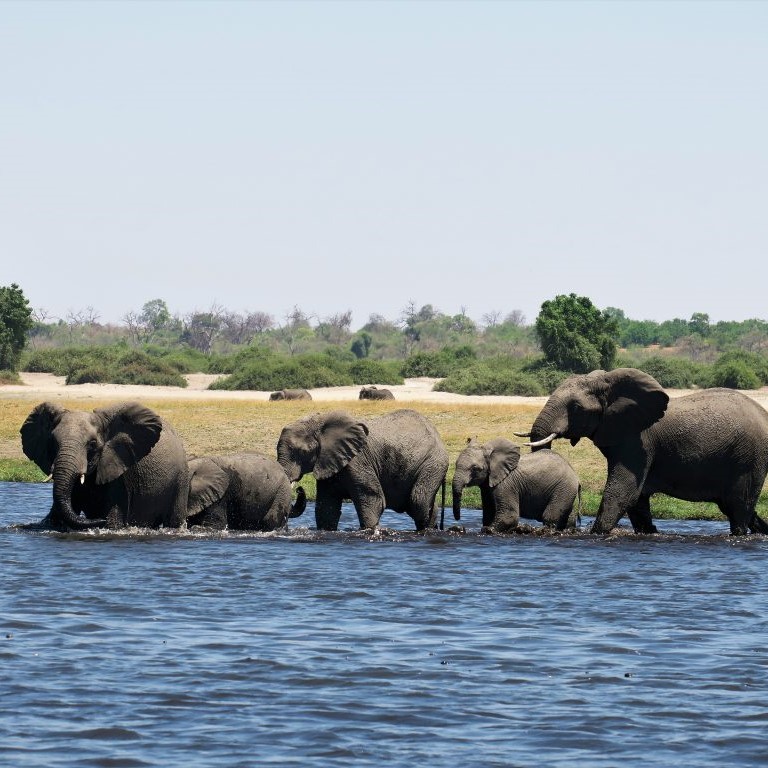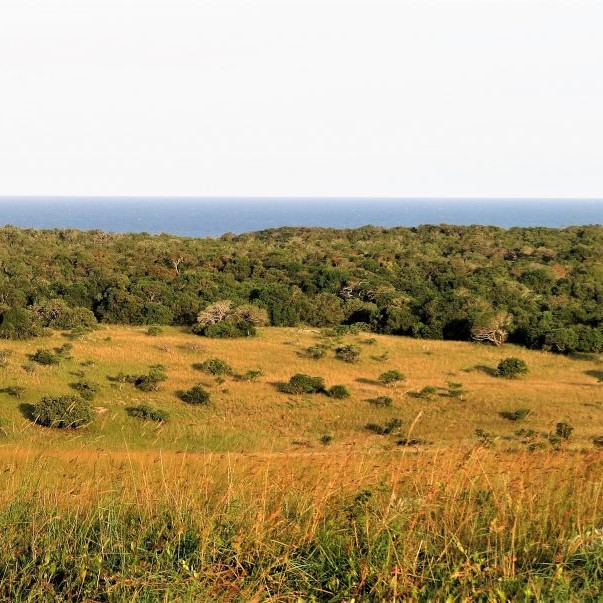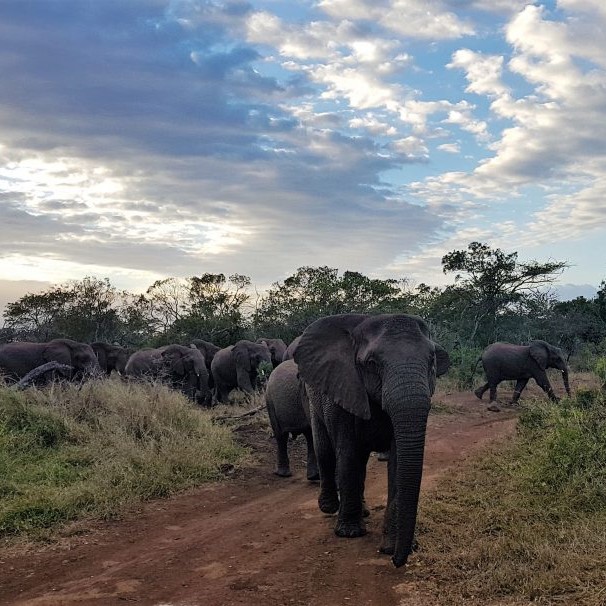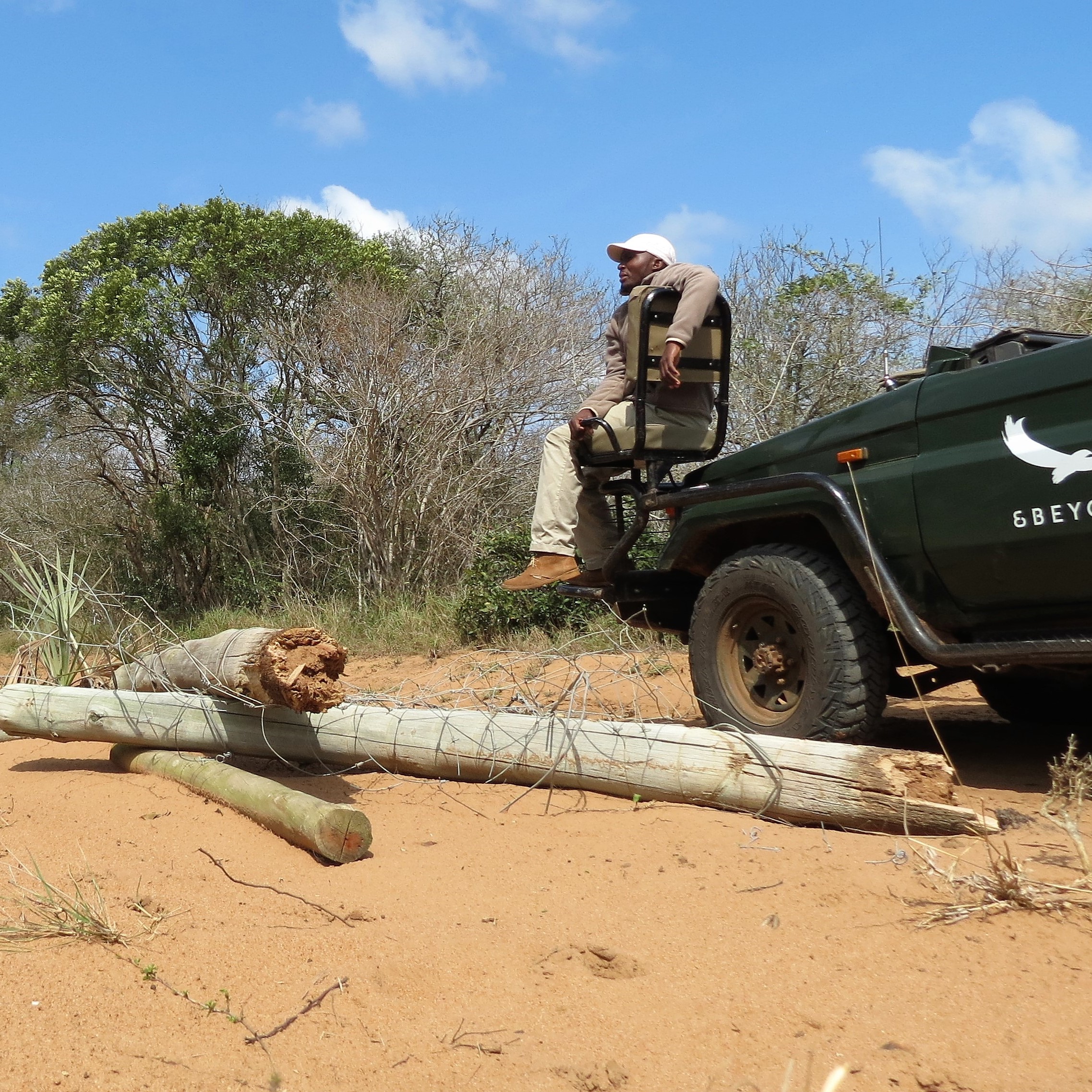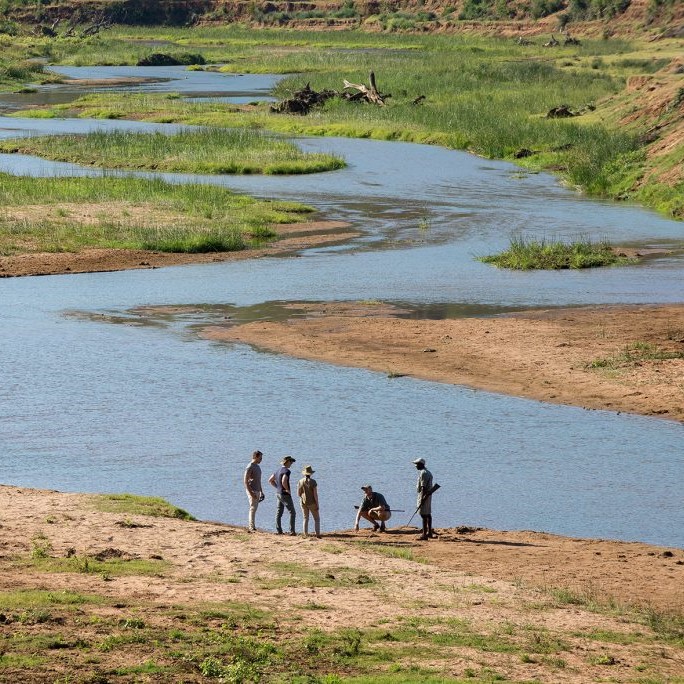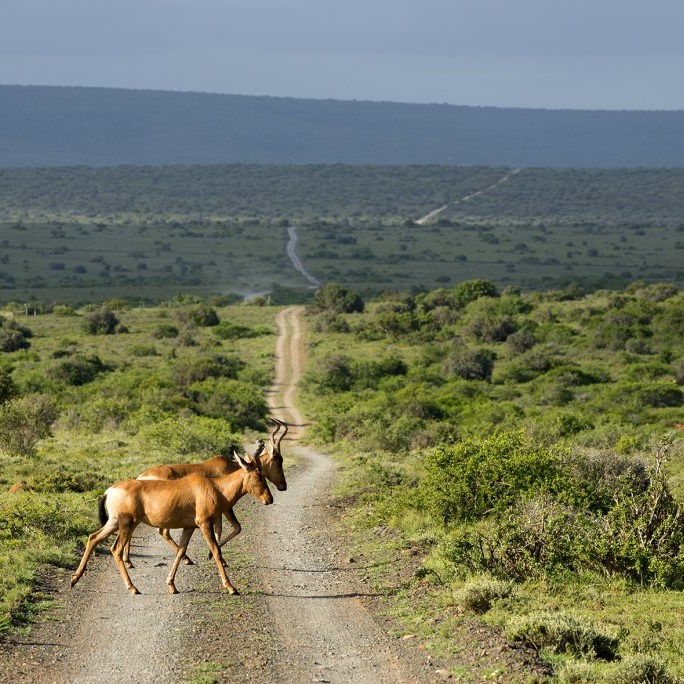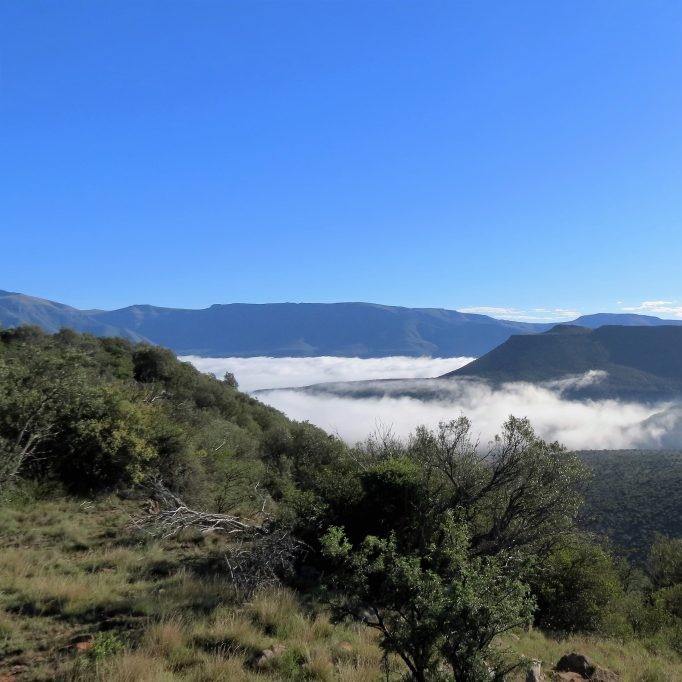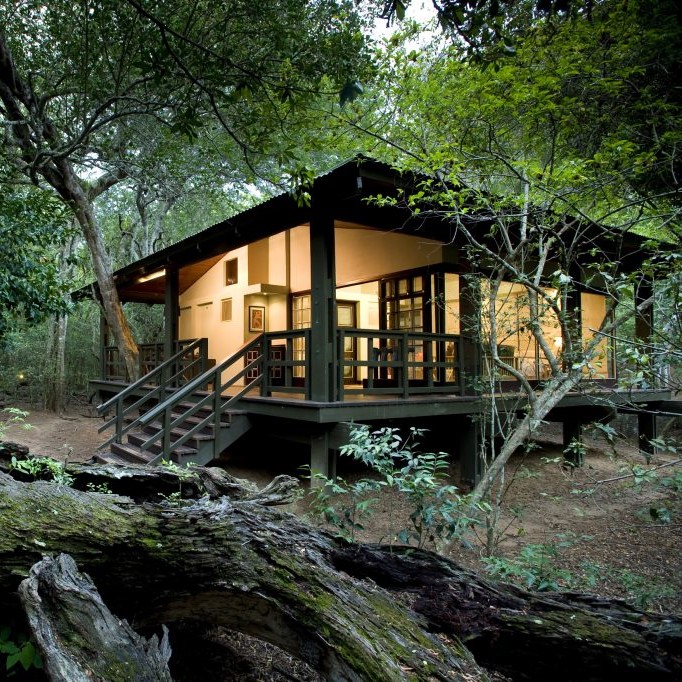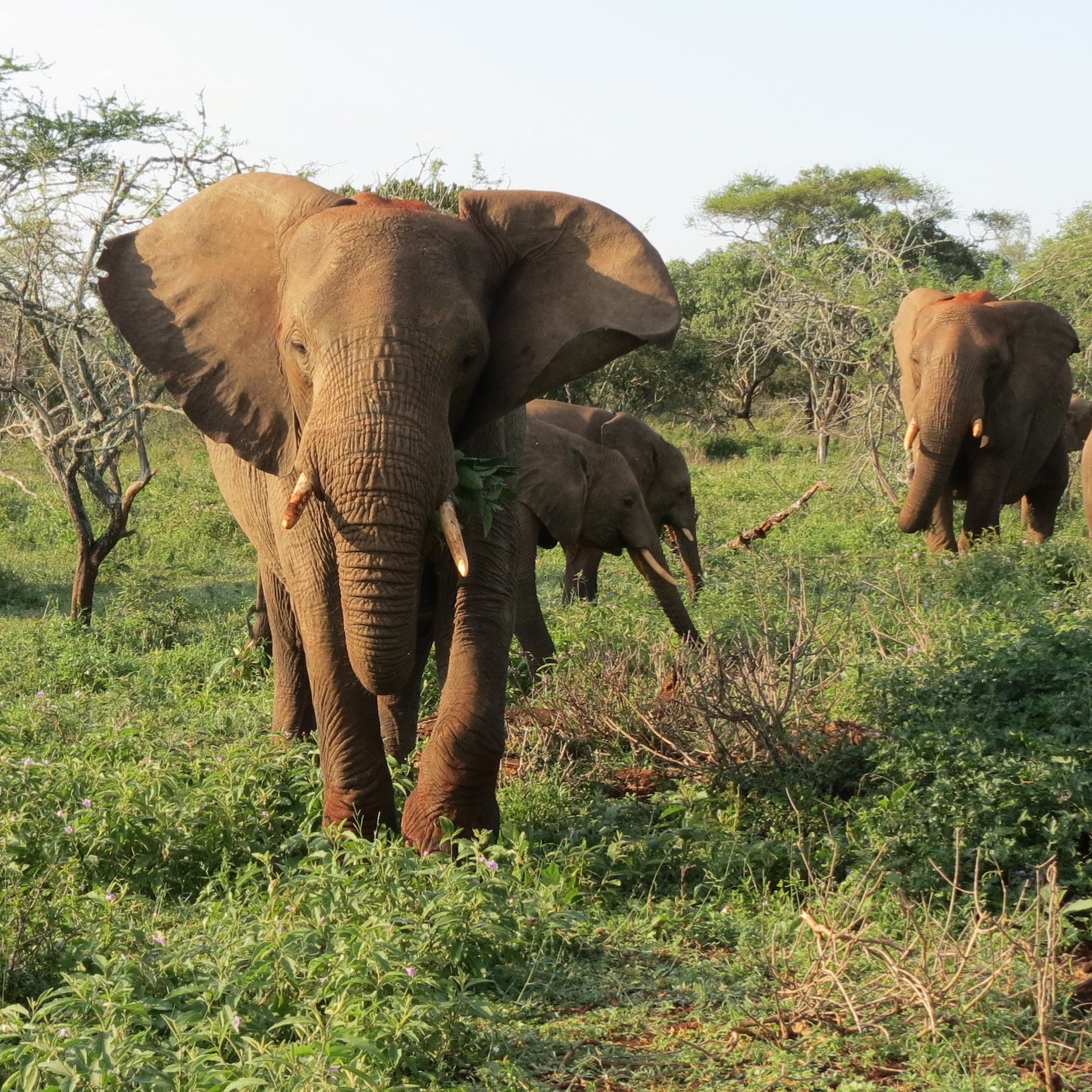It’s my first safari experience in Kenya, and we’re looking for the Samburu Special Five. We leave the Sarova Panafric and Nairobi’s bustling early morning traffic and gloomy skies, and head north for a relatively lengthy road trip to Kenya’s semi-arid and dry northern region.

We drive past interesting rural scenes, enjoy a comfort break at a shopaholic heaven for African curios, more interesting rural scenes, village life and fascinatingly named shops. A welcome coffee stop in Nanyuki, a sizable town in the vicinity of Mt. Kenya, is also where we cross the equator into the northern hemisphere.



I marvel at the changing terrain, from gentle slopes with agricultural plots growing everything from bananas to manyok, to huge farms with wheat, barley and canola fields and vast areas under greenhouses – our driver/guide John tells us that they are for fresh flowers, and that Kenya is the second largest producer of fresh flowers in the world!
We pause in Isiolo to refuel, there is a bustling market across the road, I see an assortment of shoes, clothes and plastic containers. Isiolo is home to an eclectic mix of people, we pass the Jamia Mosque, it’s Friday and prayers have just finished.


The terrain is drier here, we pass a man leading his camels, another carting hay on the back of his motorbike, and school children skipping gleefully as they do the world over at the end of a school week. A shepherd watches over his goats, a farmer hoes his field and another tills the earth with his cattle drawn plough in readiness for planting when the first rains hopefully arrive. They haven’t had rain for eight long months, so here’s hoping…
The hills of ‘Born Free’ country loom on the horizon. John explains that it is where Joy and George Adamson had raised orphaned lion cub Elsa and release her back into the wild – the process documented in her book and subsequent movie, Born Free.

After several refrains of ‘are we there yet’ we turn off (yay!), the air is dry, the ground parched. The soils are sandy, volcanic in origin, evidenced by the open areas of lava rock. All the vegetation seems to be coated in a film of dust, as does my face!

We see a small herd of cattle in the distance, and shortly thereafter the first of the Samburu Special Five, Grévy’s zebra. Easily identified by their thinner stripes, white bellies (does that answer the ‘are they white with black stripes’ question?) and larger mule-like ears. They are also the most threatened of the zebra species and are found only in certain parts of Kenya, Somalia and Ethiopia.

Arriving at the Shaba National Reserve and the green oasis of Sarova Shaba Game Lodge is a welcome reprieve from what had become a hot sunny day. It is a treat to breathe in the fragrant lemon grass of scented face cloth and to wipe away the day’s grime, as is the delightfully refreshing and icy drink we are served – al with the now familiar Kenyan smile.

The lodge is set on the banks of the Ewaso Ngiro river and is a veritable refuge with its forest of indigenous trees, vast free-form swimming pool and tinkling stream whose source is a natural spring within the expansive lodge grounds. I am upstairs in one of the chalet-style rooms, it is ensuite and extremely comfortable, with views into the treetops where birdlife abounds – with the brown-headed parrot and white-bellied go-away-bird new species for me.



We head out on an afternoon game drive into the nearby Buffalo Springs National Reserve.


It has us quickly ticking off a small herd of buffalo, complete with attending red-billed oxpeckers, and four of the Samburu Special Five – reticulated giraffe, more Grévy’s zebra, Beisa oryx, and the gerenuk. As well as Grant’s gazelle, a troop of olive baboons, several pairs of dikdik, and lots of birds – the highlight being a really close Martial eagle and a small flock of superb starlings (yes, that’s what they’re called!)





The clouds are heavy with the promise of rain, but a brief shower is all we get. With the sun slipping towards the horizon behind us we head back to the lodge – tomorrow is another day.

A spectacular sunrise is followed by an al-fresco breakfast under the canopy of sycamore figs (Ficus sycamorus), river acacia (Senegalia eliator), neem trees (Azadirachta indica) and the ever-present towering doum palms (Hyphaene thebaica). Bubbly, orange juice, or combined as a mimosa? Or just coffee perhaps? Your choice… followed by fresh fruit, pancakes and honey (even gluten-free ones for me), and a full cooked breakfast.


A yellow-billed stork hopes for breakfast and an African jacana tiptoes along the shallows, a vervet monkey eyes our breakfast, hoping to catch us unawares. A goliath heron comes swooping in, it’s wingspan around two metres! It wades into the river, then stands perfectly still, waiting for an unsuspecting fish to swim by.
Today, John tells us we’re going back to Buffalo Springs National Reserve. Yay, I think, hopefully we get to see the Somali ostrich, the missing member of our Samburu Special Five list. Also known as the blue-necked ostrich, noticeable for its blue neck and legs, this species is globally threatened and Red Listed as vulnerable.
We stop at the crystal-clear spring, after which the reserve is named, it’s clear aquamarine waters incredibly inviting as the day is already quite warm. John tells us that visitors used to be allowed to take a dip in the pool, but that changed with the onset of Covid. White-browed sparrow-weavers seem to compete for space with white-headed buffalo weavers, although in this vast wilderness there is plenty.


As we drive John points out sections of acacia (Senegalia tortillis) woodland and stretches of Commiphora-dominated bush. We pause to take in the sandy Ewaso Ngiro floodplain, and the narrow band of riverine forest with doum palm, Tana River poplar (Populus ilicifolia) and magnificent specimens of Senegalia eliator along its banks. A lappet-faced vulture waits in a tree and a pack of wild hunting dogs (of the previously domesticated variety) scatter from their warthog kill. We pass a pile of reasonably fresh elephant dung, hard to tell though in this hot weather and harsh terrain.

A little further on we come across a herd of Grévy’s zebra and Beisa oryx – the reserve now drops loads of hay for the herbivores as grazing is in such short supply due to the drought. We pause to watch as zebra vie for the best feeding spot, kicking up dust as the jostle around. A group of oryx huddle near a bushy acacia tree, we think it’s for the shade, but moments later we see a baby oryx stumbling around on unsteady legs and realise it was to protect a female as she gave birth. The tiny one was shooed into the thick grass beneath the tree, perhaps to keep it out of our sight, but more likely to protect it from birds of prey, or worse, lions.


In an oasis of green we come across a dry and dusty looking elephant, her young one sleeping at her feet. She too was quick to move into protection mode, not aggressively, but fast to put herself between us and her young. I smile as she cleans out her trunk with her tusks, much in the way we would use a toothpick. A bit further on we find several more elephants, foraging in the undergrowth for fallen doum seeds. Olive baboons scatter at our arrival, a large water monitor struts across our path and a squacco heron remains focused on what could be its next meal.



So cool, I think to myself, we’d seen both the largest and the smallest herons in one day.
We lunch under the shade of a large Senegalia, a pair of reticulated giraffe take refuge from the heat under another. A gerenuk plucks leaves off a scrubby bush, its elongated neck enabling it to reach morsels a regular antelope wouldn’t reach. John tells us that this long-necked antelope is sometimes called the giraffe gazelle, and that it will stand erect on hind legs to reach its food if necessary.
We take a slow drive out of the reserve, and just when I think I’ve added all the new species I could to my list, we come across a small flock of vulturine guineafowl. Their long bare necks and un-feathered heads making their resemblance to a vulture quite uncanny. Despite this, it’s easy to understand why they are sometimes referred to as ‘royal guineafowl’, with the cobalt blue of their breast peeking out beneath a layer of black and white feathers.


I might not have seen the Somali ostrich, but the sight of several vulturine guineafowl flaunting their ‘royal’ colours certainly made up for it. Time now for our Samburu community cultural experience… before heading to Lake Nakuru for some spectacular birding.

